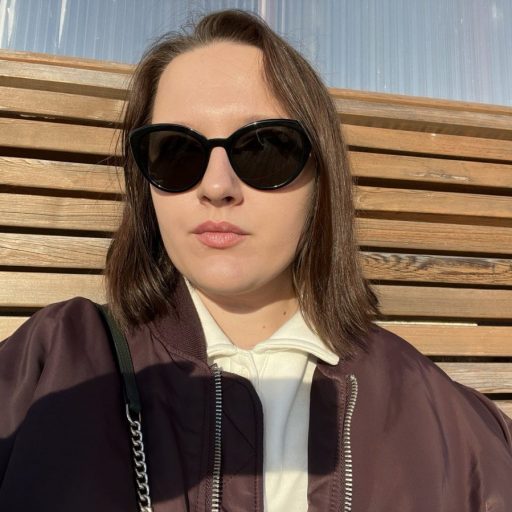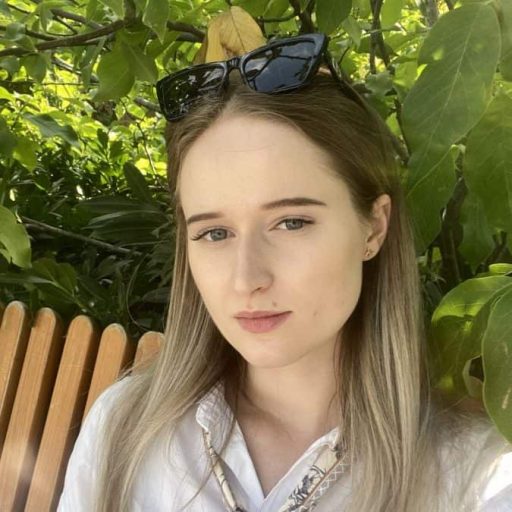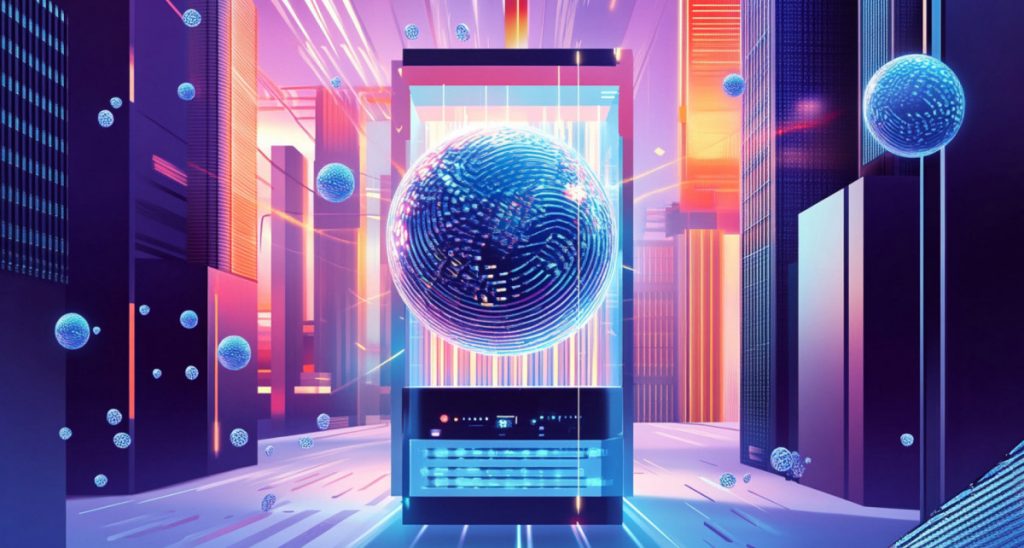How TermMax Transforms DeFi with One-Click Leveraging and Fixed Rates
Victoria d’Este
Published: March 14, 2025 at 11:24 am Updated: March 14, 2025 at 11:25 am

Edited and fact-checked:
March 14, 2025 at 11:24 am
In Brief

The emergence of decentralized finance is breaking new ground by making financial instruments more accessible. One of the most recent breakthroughs in the area is TermMax, a next-generation loan automated market maker based on Uniswap V3. This platform facilitates DeFi borrowing, lending, and leveraging by offering one-click token trading, customized pricing curves, and fixed/variable rate options.
TermMax simplifies the process of engaging with decentralized financial instruments by eliminating the complications involved with traditional borrowing and lending. Through a revised AMM paradigm, customers may engage in efficient capital management without having to navigate various protocols.
Problems to Solve
Complexity of Leveraged Yield Strategies
Leveraged yield strategies have traditionally necessitated complex, multi-step procedures involving several DeFi platforms. To optimize profits, users must furnish collateral, borrow against it, reinvest borrowed assets, and repeat the process. This intricacy not only raises transaction costs but also restricts access to expert traders.
Managing such strategies necessitates ongoing monitoring and modifications. Users must monitor collateral ratios, interest rate swings, and market movements, making it tough for newbies to participate.
Uncertainty Due to Floating Interest Rates
Traditional DeFi financing is based on variable interest rates, which leads to volatility in borrowing costs and investment returns. Rate swings can have a considerable influence on profit margins, especially in leveraged positions where slight changes in borrowing rates can result in large net profits or losses.
Without known borrowing costs, customers find it difficult to develop a long-term strategy. This unpredictability raises hurdles to wider DeFi adoption and discourages involvement from users seeking consistent rewards.
Inflexible AMM Pricing
Most AMMs employ predetermined price curves that do not necessarily represent actual market circumstances. As a result, instead of being able to set their own conditions, both borrowers and lenders are bound by the AMM’s rates.
Traditional AMMs promote liquidity above customization, restricting players’ capacity to refine their strategies. Lack of pricing flexibility leads to inefficient capital deployment and inferior rewards for market players.
Limited Liquidation Flexibility
DeFi lending platforms have generally relied on liquidation mechanisms, which do not always ensure lenders receive sufficient payments when collateralized assets lose value. In many circumstances, collateral is limited to highly liquid assets, which exclude real-world assets and low-liquidity tokens. This restriction lowers borrowing and lending options for customers with a broad asset portfolio.
TermMax Solutions
TermMax offers innovative tokenized solutions that turn complicated leveraging into simple transactions. Gearing Tokens (GT) and Fixed-Rate Tokens (FT) enable customers to get leverage and fixed-income possibilities via token transactions rather than typical multi-step interactions.
By packaging these financial mechanisms in tradeable tokens, TermMax eliminates the need for consumers to manually interact with various DeFi systems. This process simplification minimizes friction, decreases gas costs, and makes leveraged yield options more accessible.
Fixed Rates and Terms for Borrowing and Lending
The implementation of fixed borrowing and lending rates helps to reduce the dangers associated with variable interest rates. Users may lock in borrowing prices and lending returns for predetermined periods of time, giving them more certainty and control over their investing strategy.
Fixed-rate financing helps both the lender and the borrower. Lenders benefit from consistent profits without having to worry about shifting interest rates, and borrowers may manage leverage more efficiently because their expenses stay constant over time.
Customizable AMM Pricing with Range Orders
TermMax, unlike standard AMMs, allows customers to set tailored pricing using range orders. Market makers can set preferred price ranges, and aggregated liquidity within these ranges improves borrowing and lending conditions for everyone involved.
This customization allows for more effective capital allocation since users may specify their own acceptable lending or borrowing conditions rather than accepting fixed AMM-determined rates. Flexible pricing improves capital efficiency and creates a more dynamic market structure.
Flexible Liquidation Mechanism and Physical Delivery
TermMax implements a physical delivery liquidation mechanism, guaranteeing that lenders get immediate recompense in the case of a serious market collapse or liquidity shortage. Instead of depending primarily on liquidation auctions or price-based liquidations, lenders can receive collateral physically.
This method increases investment opportunities by supporting a larger range of assets, such as RWAs and low-liquidity tokens. It enables customers to collateralize a wide range of assets, opening up new applications beyond typical DeFi services.
Extending the DeFi Ecosystem with TermMax
The implementation of tokenized leverage strategies, fixed-rate borrowing, and customizable AMM pricing models promotes a more inclusive and efficient DeFi ecosystem. TermMax lowers the entrance hurdle for individuals unfamiliar with sophisticated DeFi mechanisms, allowing for more involvement in decentralized financial markets.
TermMax is an appealing alternative to traditional DeFi lending platforms, offering streamlined interactions, predictable borrowing prices, and increased liquidity methods. With unique features like Gearing Tokens, Fixed-Rate Tokens, and physical delivery collateralization, the platform offers a more sustainable and user-friendly approach to DeFi borrowing and lending.
Disclaimer
In line with the Trust Project guidelines, please note that the information provided on this page is not intended to be and should not be interpreted as legal, tax, investment, financial, or any other form of advice. It is important to only invest what you can afford to lose and to seek independent financial advice if you have any doubts. For further information, we suggest referring to the terms and conditions as well as the help and support pages provided by the issuer or advertiser. MetaversePost is committed to accurate, unbiased reporting, but market conditions are subject to change without notice.
About The Author
Victoria is a writer on a variety of technology topics including Web3.0, AI and cryptocurrencies. Her extensive experience allows her to write insightful articles for the wider audience.
More articles

Victoria d’Este

Victoria is a writer on a variety of technology topics including Web3.0, AI and cryptocurrencies. Her extensive experience allows her to write insightful articles for the wider audience.




















 Source: One Gravity
Source: One Gravity









